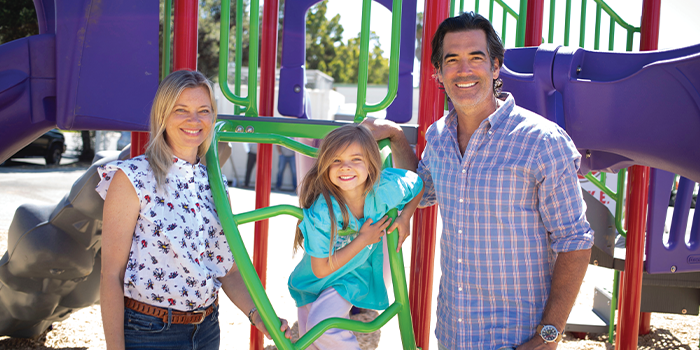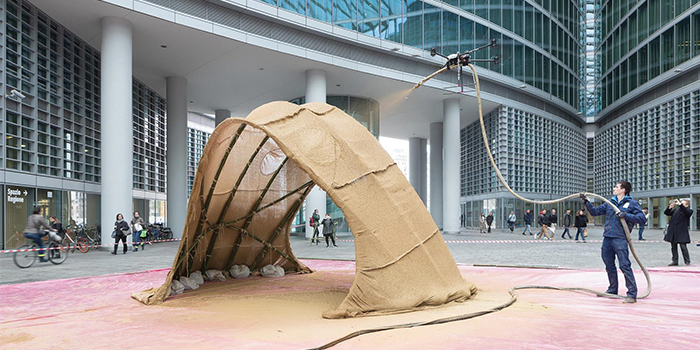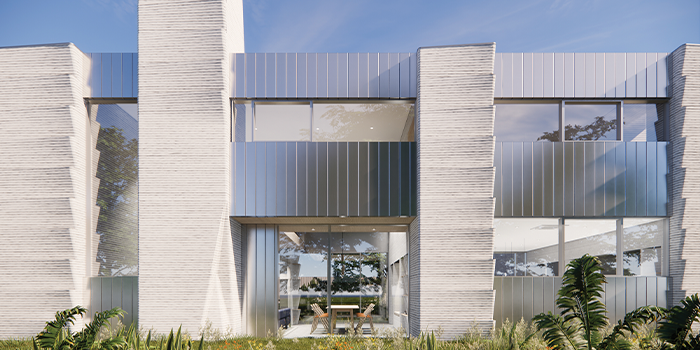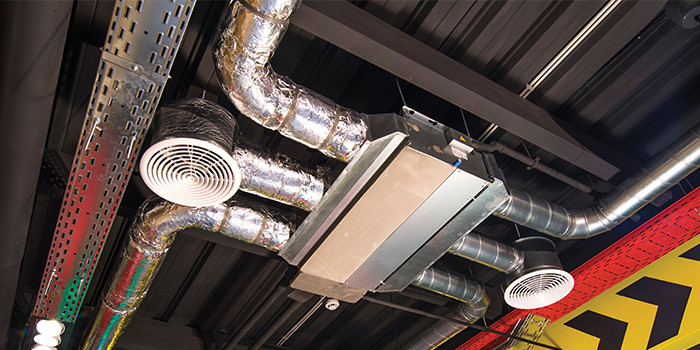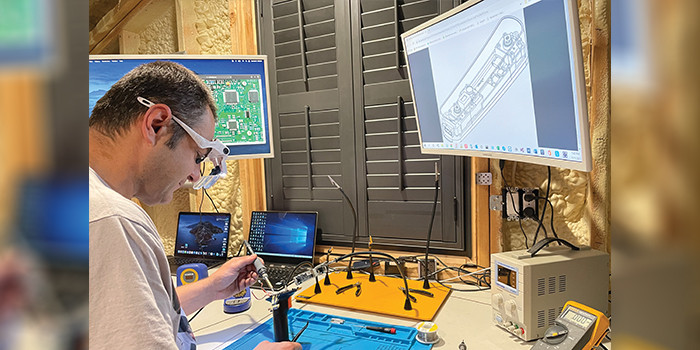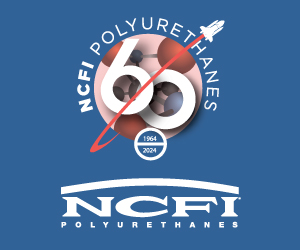It's Alive!
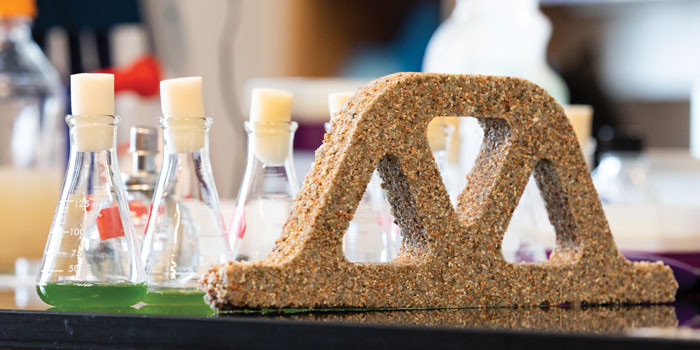

Spring 2020 – Spray Foam Magazine – Dr. Will Srubar’s lab is situated in the University of Colorado Boulder College of Engineering and Applied Science, where concrete has been given a new life. It sounds like some ham-horror movie, and the Spray Foam Magazine team were eager to chat with Dr. Srubar to ask why this new invention could potentially be used in the construction industry.
Spray Foam Magazine: How did you make the discovery of this new concrete?
Dr. Will Srubar: The built environment, as we know it today, is quite sterile and static. We wanted to blur the boundaries between nature and the built environment by bringing building materials to life. We created a hybrid living building material that exhibits both structural and biological function to demonstrate that biology could play a role not only in the manufacturing of strong, tough building materials but also in the post-use, closed-loop regeneration of the material. In addition, most building materials, like concrete, are both energy- and emissions-intensive to manufacture, and we were quite captivated with the idea of using photosynthetic bacteria, sunlight, and CO2 in the actual material manufacturing process, thereby sequestering carbon rather than emitting it.
SFM: What is it made out of and please describe the look and consistency compared with regular concrete?
DWS: Our living building materials are made from sand, a small amount of hydrogel (i.e. gelatin), cyanobacteria, water, and nutrients. We use a photosynthetic cyanobacteria, which harness energy from the sun and CO2 to create biominerals that improve the mechanical properties of the material. We note in our paper that the material strength and toughness approximates that of low-strength concrete. It really does look and feel like a regular mortar, except that it is a bit more lightweight.
SFM: What are its potential benefits?
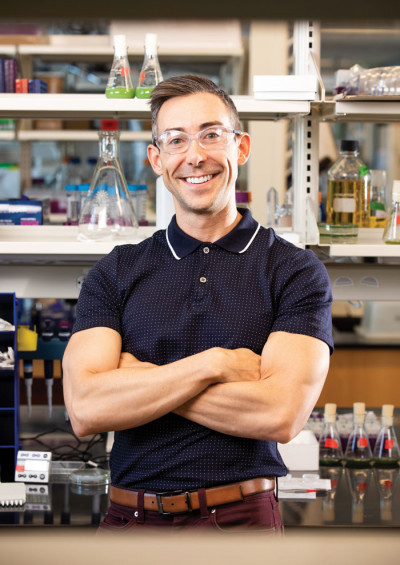
Dr. Will Srubar, University of Colorado Boulder College of Engineering and Applied Science
DWS: We showed that we can use cyanobacteria to help us grow a parent generation of the material and, under the right conditions, we can split the block in two, which will grow into two full bricks, which could grow into four, eight, and so on. In addition to the exponential manufacturing possibilities, we are particularly excited about the potential for other bacteria and co-cultures of bacteria that could be used to impart other, novel biological functionalities to the material. Imagine other bacteria or co-cultures of bacteria that could self-heal in service, sense and respond to toxins in the air, illuminate or fluoresce under different types of light. The sky's the limit, really, with engineering a building material to interact with its environment. After we manufacture the materials, the bacteria are, in effect, encapsulated and dormant.
SFM: Do you think this new concrete will be used in real construction in the future?
DWS: While we are at the beginning stages of this research, we expect that the material will be available commercially within the next five to 10 years.
SFM: How do you personally feel this discovery may help with future construction?
DWS: I hope this technology changes perspectives on the materials with which we choose to build. Nature has figured out so many cool, interesting things — we just have to pay more attention. We envision this material could be used as a building block for many applications, including carbon-sequestering mortar, lightweight concrete in buildings, biologically active surfaces, temporary disaster-relief shelters, or roadways. We believe this material is particularly suitable in resource-scarce environments, such as deserts or the Arctic — even human settlements on other planets. Again, the sky's the limit, really, for creative applications of the technology.
SFM: We are aware that it is early days and you are still testing the concrete, but as a prediction, how do you think the concrete will act when spray foam insulation (open- or closed-cell) is applied to it? Could it also be used for lifting concrete?
DWS: It should behave as normal concrete would behave. However, we would need testing to know for sure.
This work was conducted in collaboration with Prof. Jeff Cameron, Prof. Sherri Cook, Prof. Mija Hubler. The study was led by Dr. Chelsea Heveran, who was a postdoc in Dr.Srubar’s lab and who is now a professor at Montana State University.
Disqus website name not provided.



